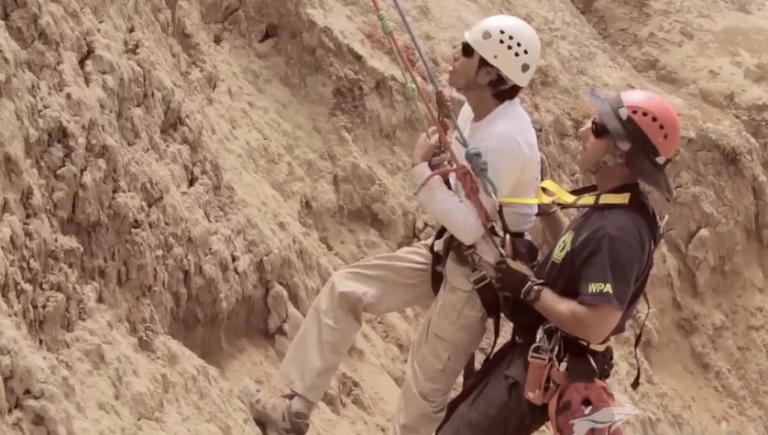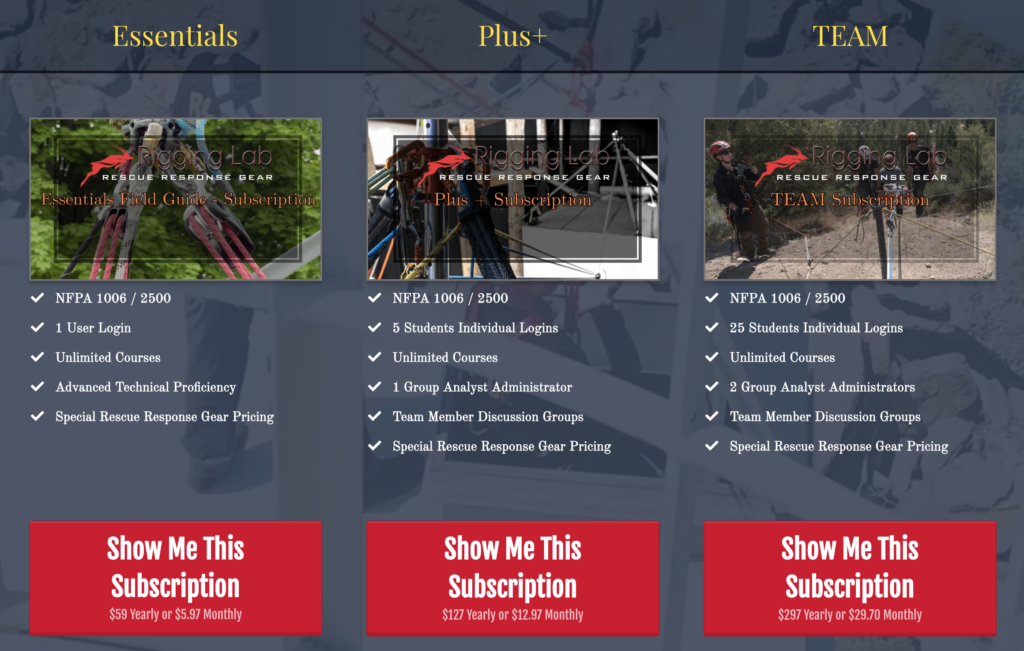Comprehensive Guide to Pickoff Rescues in Rope Rescue Operations
The “Comprehensive Guide to Pickoff Rescues in Rope Rescue Operations” emphasizes that managing a patient suspended vertically from a rope is crucial, distinguishing an operational rescuer from a technician, with effective patient packaging and rope patient management being essential to successful rescue operations.
Packaging and Managing Patients
Packaging: Securely attach the patient to a stretcher or another device that can be lifted and lowered safely. This involves maintaining the patient’s airway, preventing further injury, and continuous monitoring of their condition.
Patient Management: Rope patient management is complex, requiring significant training and experience. Quick decision-making and action in dynamic environments are vital. Rescuers often prefer being lowered or raised to focus directly on the victim’s needs.
Types of Pickoff Rescues
- Solo Rescues: Involve rappel operations needing two rescuers – one to perform the pickoff and another to belay from the top.
- Team-Based Rescues: Utilize system lowering, involving three or more team members. This method allows the rescuer’s hands to be free for quicker victim capture and provides the option for system raising if needed.
Detailed Techniques
Unsupported Pickoff
- Rig the system above and slightly to the side of the victim.
- Use a fixed rappel line for rappel operations or a two-tensioned rope system for team operations.
- Ensure the belay system can support a two-person load.
- Attach the rescuer to both system lines. The rescuer carries a pickoff strap and victim harness.
Steps for Performing a Pickoff Rescue
- Rigging the System: Ensure the system is set up above and slightly to the side of the victim to avoid debris.
- Attaching the Rescuer: Secure the rescuer to both system lines with a pickoff strap and victim harness.
- Considerations:
- Gear selection
- Proficiency in necessary knots and hitches
- Appropriate rigging skills
- Strong communication skills
- Knowledge of equipment functions and principles of vertical access
Safety and Efficiency
- Teamwork and Communication: Use radios, voice, signals, and whistles.
- Protection of the Rescuer: Ensure PPE is used, and an independent belay system is in place.
- Rappelling with Clutch Devices: Keep the descent slow and controlled, no faster than a foot per second.
Conclusion
Pickoff rescues require a blend of technical skill, experience, and strategic decision-making. By understanding various techniques and maintaining rigorous safety standards, rescuers can effectively manage challenging scenarios.
For more detailed insights, you can visit the Rigging Lab Academy blog on pickoff rescues.
Peace on your Days
Lance











